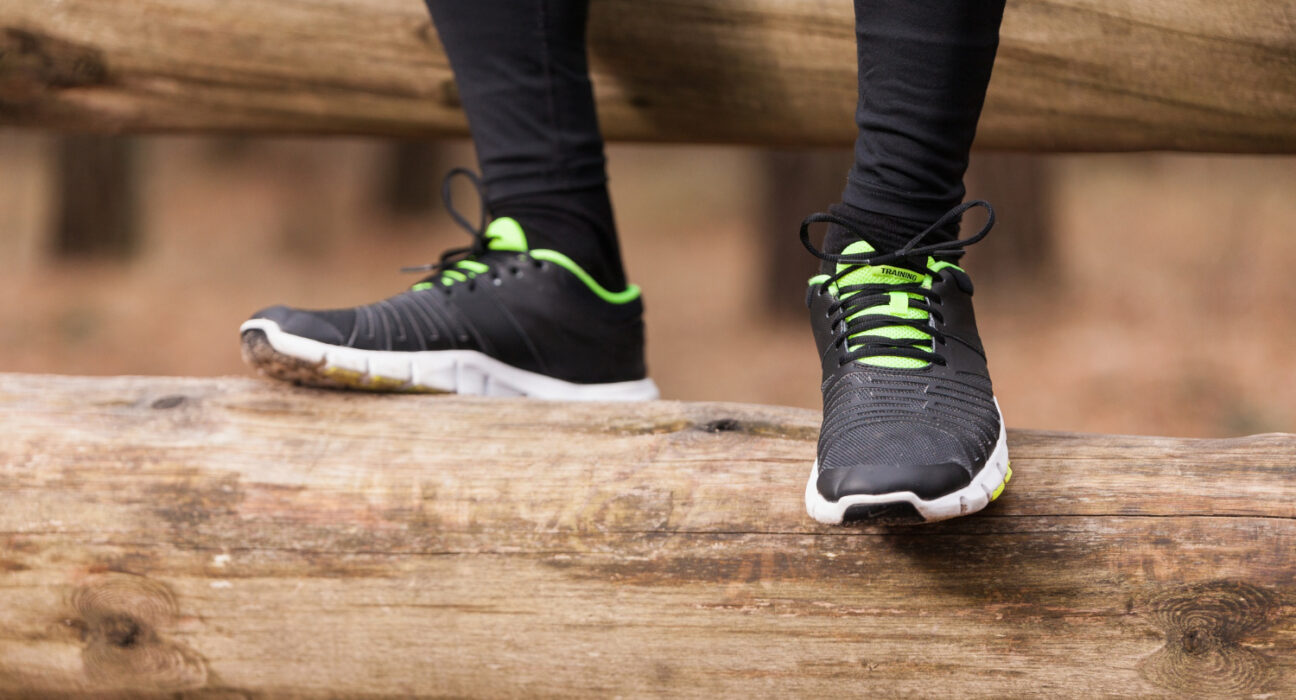Rugged trail running shoes hit a sweet spot for most runners. With their roomy toe box and cushioning, they promote natural movement.
Their traction and protection are capable on rugged trails and light enough to excel in road runs. Some joggers and mile-crunching thru-hikers swear by them.
Comfort
One of the most essential things a trail running shoe needs to do is offer comfortable support as you crank up your pace over rugged terrain. You’ll need help maintaining that race-winning pace if your feet are rubbing or sore. The amount of cushioning in a trail running shoe often correlates with its intended use, with some runners prefer maximum cushioning. In contrast, others want to feel every rock and root beneath their feet.
Light trail running shoes resemble road running models but have added features to protect your feet from rough surfaces and provide more agility on technical terrain. Click here for more, as many of these designs have deep outsole lugs that cling to muddy paths and drain quickly after you stomp through a stream.
Minimalist trail running shoes typically have a low stack height, which helps them feel very elegant and gives you a close connection with the ground. But they can be clunky on rocky terrain and may need more energizing springs, which are critical for reaching race-winning speed.
Durability
Rugged trail shoes often incorporate additional foot protection, such as rock plates and a sturdier midsole fabric. These additions add to the shoe’s overall weight but also help to protect your feet from the impact and abrasion of rugged terrain. Rugged trail running shoes are great for running consistently rocky or steep trails.
Lighter trail running shoes are built for fast runs on less challenging terrain. They feature a lower stack height, which brings your foot closer to the ground for improved sensitivity and increased connection to the terrain. They typically also offer less cushioning than rugged trail running shoes, but they provide enough support and stability for most trail runners.
Many manufacturers offer their lightest trail running shoes in waterproof versions, which include a water-resistant membrane sandwiched between the outer fabric and inner lining of the shoe. These shoes are typically a few ounces heavier, but they are a good choice for runners who frequently run in rain and want extra protection against moisture.
Weight
Men’s trail running shoes are made to withstand rugged terrain and varied conditions. They are typically heavier than street running shoes. Still, that weight comes with enhanced stability, durable outsoles, and protective uppers designed to keep runners safe from the hazards of rough trails.
The relative stiffness of a shoe will correlate with its intended use, with mountain runners bounding over rocky and uneven surfaces requiring a stiffer, more rigid platform to instill confidence. At the same time, those cruising over mellow singletrack may prefer a more flexible shoe that feels comfortable out of the box. Some shoes combine the best of both worlds with a breathable revamped upper that fits like a glove and reduces debris buildup while keeping the shoe stiff enough to keep its shape.
Moderate cushioning is common in most trail running shoes, buffering the harsh feel of rocks and roots while providing enough squish to help you bounce back after hitting your feet on hard surfaces. Some runners prefer a more minimal feel.
While lighter is better, more sacrifice is needed. Cutting out too many components that make a shoe rugged, such as rock plates and densely padded EVA midsoles, can result in a flimsy shoe that’s not durable enough to withstand the abuse of rough terrain.
Style
Whether you’re summiting 14ers or cruising your neighborhood trail, the right pair of men’s trail running shoes will keep you protected and comfortable while keeping up with your pace. They’ll offer traction on muddy trails and let water drain after you’ve stomped through a stream.
They’ll also help you tackle technical terrain with a solid feel. Many of these styles feature deep lugs that grip loose dirt and mud. Likewise, they’ll grip rocks and other hard-packed surfaces with ease. You may prefer a lower heel-to-toe drop or a zero-drop design, depending on your needs.
The latter places your heel at the same level as your forefoot—closer to how your feet are naturally when you’re barefoot. While it may take some time to get used to, these shoes are incredibly comfortable and perfect for longer runs.
A few of these shoes are offered in waterproof versions that’ll keep your feet dry even on wet trails. They’re a few ounces heavier per pair and cost $15 to $40 more than their non-waterproof counterparts, but they’ll save you from the misery of cold, wet feet on your next trail run. They’re instrumental in the winter when chilly temperatures can wreak havoc on your feet and toes.


Leave feedback about this